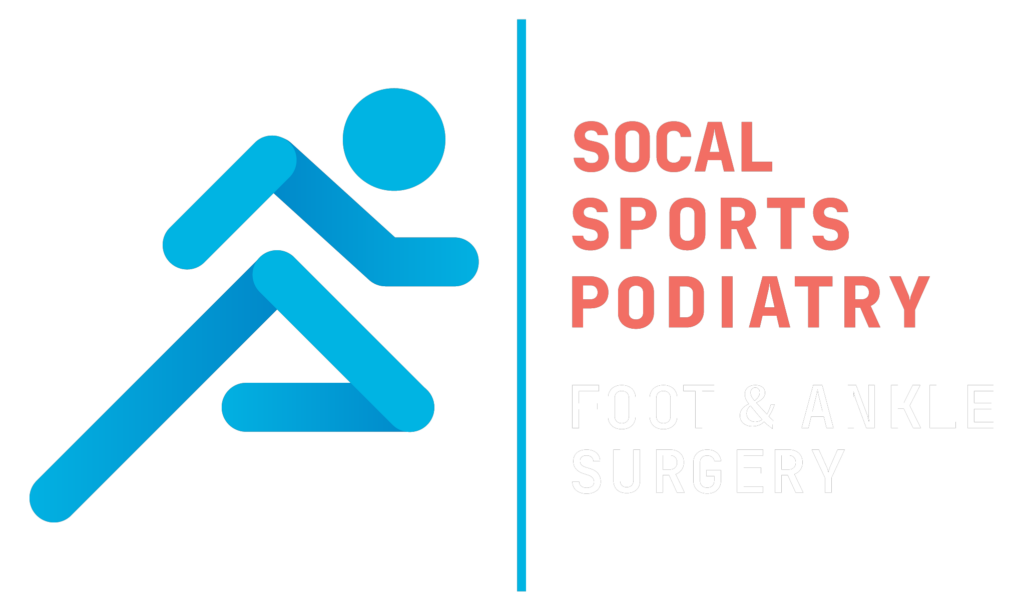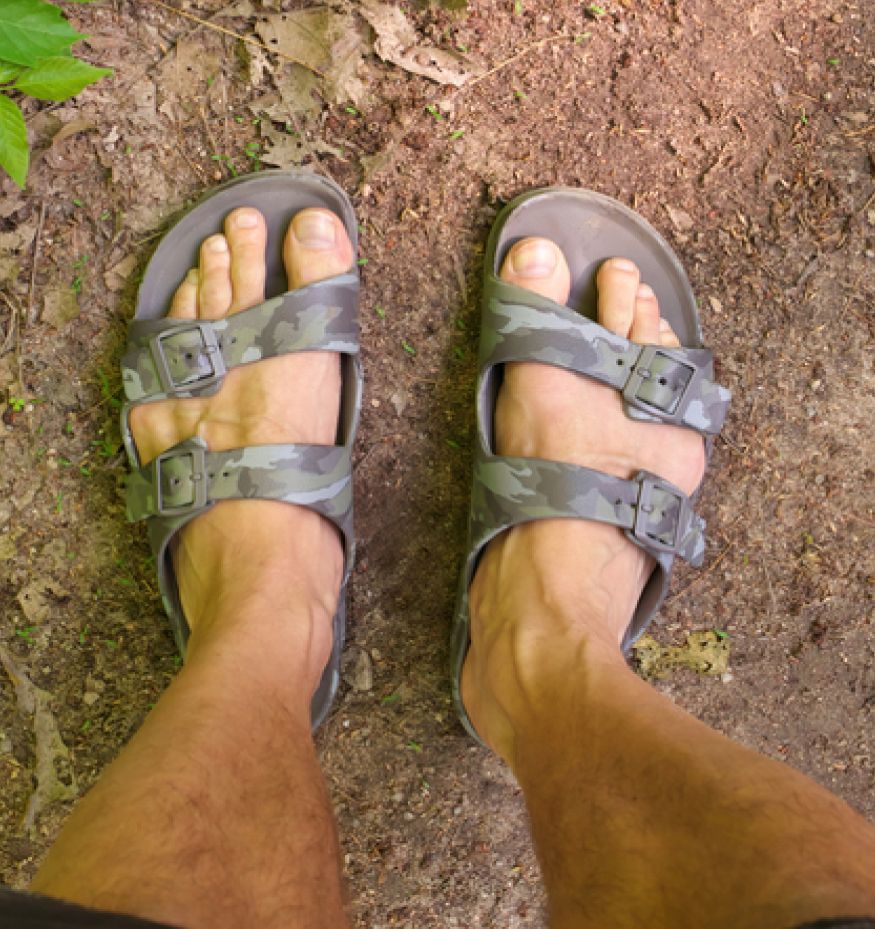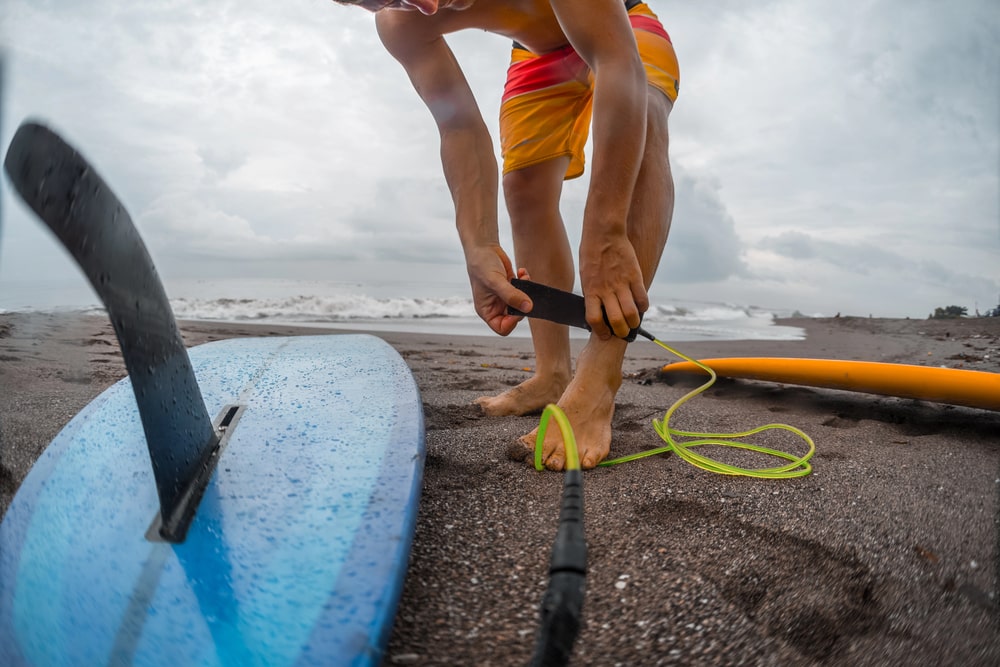
Resolving Bunions ThroughBunionectomy : Restoring Comfort and Mobility
Bunions, those protruding bony bumps that form on the outer edge of the big toe, can lead to both aesthetic concerns and considerable discomfort. These developments arise primarily due to pressure causing the big toe to shift inward towards the smaller toes, ultimately leading to bone deformity and a permanently angled toe. Not only can bunions be a source of pain, but they can also hinder walking and the comfortable fitting of shoes. We are delighted to offer in-office bunionectomy services as a solution to this issue.
Understanding Bunion Formation Factors
While bunions can affect anyone, they are most commonly observed in women who have worn narrow shoes over an extended period. Statistics reveal that women are approximately 10 times more prone to developing bunions than men. According to the American Orthopaedic Foot and Ankle Society, nearly 90% of women wear ill-fitting shoes, and as many as 55% have experienced bunions. Other contributing factors include having flat feet, tight Achilles tendons, and rheumatoid arthritis.
Furthermore, bunions typically emerge later in life, primarily due to prolonged misalignment of the big toe caused by inappropriate footwear. Although proper footwear remains essential for foot comfort and health, there might be a hereditary predisposition to bunions. This implies that while footwear plays a role, some individuals may have a greater susceptibility to developing bunions. In some cases, bunions can also be a result of congenital deformities, where an anatomical condition existing from birth increases the likelihood of bunion formation.
Exploring Bunionectomy: What to Anticipate
When considering bunions, a bunionectomy stands as a surgical procedure to eliminate excess bone and soft tissue. Surgery is generally reserved as a final option after alternative treatments have been exhausted. Before resorting to surgery, recommendations might include wearing well-fitting shoes that allow toes to remain naturally positioned. If this proves ineffective, options like using padded cushions against the affected joint, anti-inflammatory medications, and orthotics might be suggested. In cases where conservative approaches fail, a bunionectomy may be scheduled to remove the developed bone spur and associated soft tissue.
Criteria that might qualify you as a suitable candidate for a bunionectomy encompass:
- Presence of pain hindering daily activities
- Inability to walk significant distances due to severe pain
- Difficulty bending or straightening the big toe
- Inflammation in the big toe persisting even after rest and medication
The extent of the bunion’s severity dictates the chosen technique for removal. Common bunionectomy techniques include:
- Osteotomy: Reshaping the big toe joint to restore natural alignment
- Exostectomy: Removing the bunion from the joint without realignment
- Arthrodesis: Repairing the damaged joint using screws or metal plates to correct deformity
Factors like age and physical condition influence the technique selection. In most cases, these surgeries are conducted on an outpatient basis with local anesthesia known as an ankle block. The ankle block ensures pain-free surgery while allowing you to remain awake throughout the procedure.
After the surgery, the area is bandaged, and post-operative care instructions are provided. You will be taken to a recovery area to rest until the anesthesia wears off, typically within a few hours, after which you can return home.
Navigating Recovery: What to Envisage
Typically, bunionectomy recovery spans six to eight weeks. Initially, a surgical boot or cast safeguards the foot during the first couple of weeks. It’s advisable to keep stitches dry during this time.
Following the removal of the boot or cast, a supportive brace might be required for ongoing healing. Crutches may be needed initially, as weight-bearing should be avoided while the foot heals. Gradually, weight-bearing will become feasible, lessening the need for crutches or a walker. During recovery, elevating the foot and using ice to manage swelling are recommended. Complete recuperation might take up to six months, during which high heels should be avoided, and extra care taken to protect the healing foot.
If you’re experiencing the signs and symptoms of bunions, please reach out to SoCal Sports Podiatry today to arrange a consultation. We are dedicated to assisting you in reclaiming your optimal well-being and comfort.
Recent posts

The Role Of Custom Orthotics In Athletics
Athletes rely on their feet as the foundation for every...

Top Five Sports-Related Foot Injuries
Athletes rely on their feet to perform, but sports activities...

Effective Solutions For Ingrown Toenail Relief
What Are Ingrown Toenails? An ingrown toenail occurs when the...
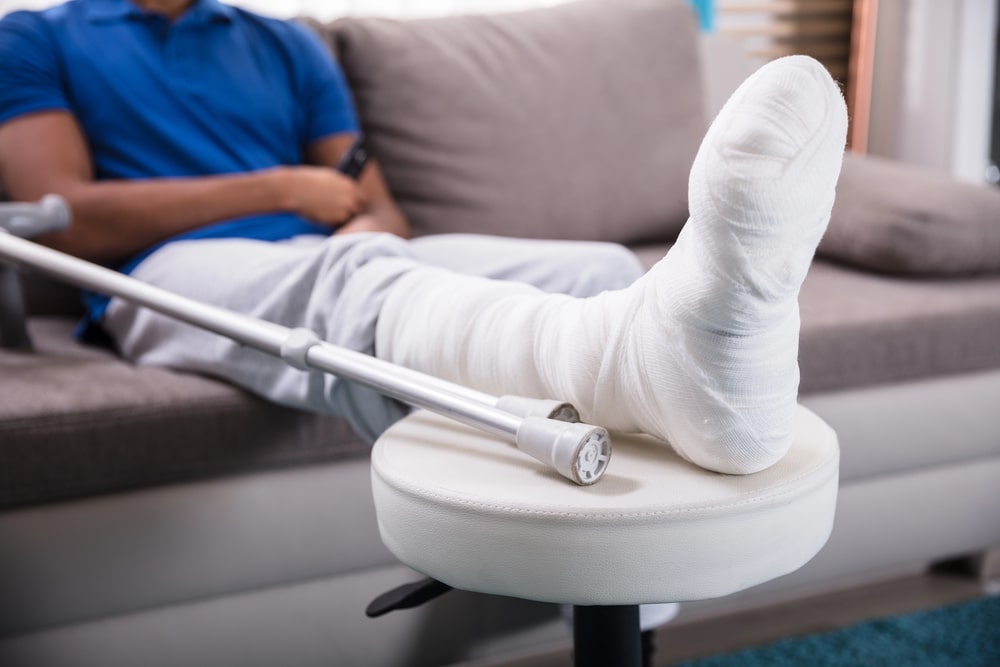
Lebron James: Possible Re-injury? Surgical Options
On March 20th, 2021, during a game against the Atlanta...
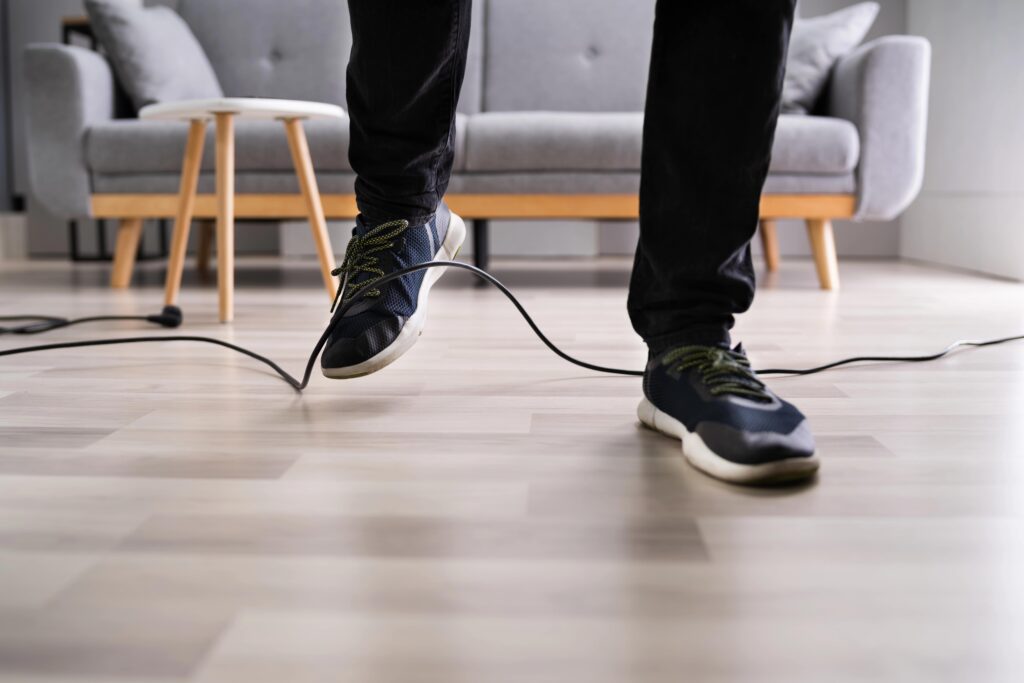
Most Common Types Of Fractures
The human skeleton is an extremely intricate system comprising approximately...

Contact Us
Services
Testimonials
Had a great experience overall! Dr. Sheth did an amazing job with my foot and has a great sense of humor as well! Highly recommend them.
Dr. Patel was very personable and kind to my 87 year old uncle. He took time to explain what was happening with his healing process and asked if we needed anything else. I appreciate his demeanor and expertise.
This is the most promise I've seen after four other surgeries. Both Dr. Patel and Sheth are great. They are fast - turned it around in less than a week and their surgery coordinator, Matty is amazing. This foot has been an unbelievable burden and I genuinely feel excited by how this seems like it's turning out...excellent service, smart and friendly doctors.
Scheduling an appointment and filling out the online patient form was very easy. Jordan the medical assistant who also did the scheduling was very cordial and helpful. Dr. Sheth was professional and friendly and never once pushed for unnecessary procedure.
SoCal Sports Podiatry
2001 Santa Monica Blvd. Suite 465-W
Santa Monica, CA 90404
(310) 395-5025
